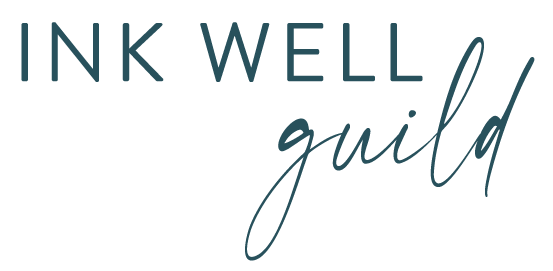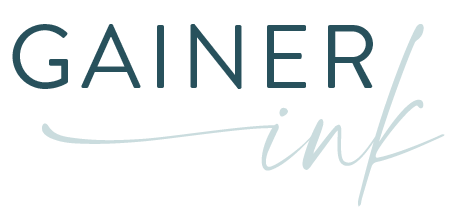I get many super-secret questions from freelance writers asking me if it’s time for them to create a course. Lots of people talk about the benefits of offering your own course, but it seems like many freelance writers are afraid to ask about it out loud.
Are YOU ready to create your own course?
I’m sharing four things I wasn’t thinking about when I put my own course out, including some that also surprised my fellow course creators.
Two knowledge questions
Do you have something to share that you know people need?
It doesn’t necessarily have to do with your client work, niche, or industry, but it might. It’s okay to put out an info product, even if it doesn’t have anything to do with your career. If you have information that other people need, go for it.
To see if people are eager for what you can offer, you can test and verify the market. An easy way to verify is to find similar types of products in that same niche. How many info products are out there about similar things, AND that people are buying them.
Another way to verify it is to look for a Facebook group for that product, blogger, or person. See how big the paid membership Facebook group is. If it has thousands of people, then it’s selling.
You could verify interest by holding a free or paid workshop. You could even attempt to pre-sell your course.
For insight into how your potential audience might be thinking about buying courses, you can read my post “How To Know If That New Course Is Worth It.”
Do you have a good understanding of what it takes to market a course?
If you want to get sales from your course, you have to be ready, willing, and capable of shifting out of freelance writer mode and into digital marketer mode. A lot of people seem to think that if you build it, they will come. The vast majority of the time, that’s just not true.
People need to become aware of your course before they’re going to buy it. Google/SEO is not going to be the thing that makes them aware.
There are lots of ways you can market your course. There’s organic (unpaid) marketing and paid marketing. Paid marketing means running Facebook ads, Google ads, etc. Organic means posting about it on Facebook, Instagram, your friend’s blog, and having an affiliate program. Your affiliates are posting about it–you’re not paying for the traffic, but you’re doing things to generate the traffic.
There will be new things for you to do, such as paid ads, a pressure launch, getting visibility, frequent marketing, building an email list, etc.
Now, if you’re doing a good job as a freelance writer and you pay attention to what I say about thinking like a marketer, this transition will not be as difficult. But if you’re only used to getting your assignments and writing them, you’re going to have to do a lot more than usual.
You have to do things to make noise in the marketplace. That requires time. It requires energy. Sometimes it requires money.
Two financial questions
Are you in a position to cut back on client work?
Marketing a course uses a lot of brain power. It’s not set-it-and-forget it.
I will tell you from firsthand experience, it takes a lot of time, energy, and effort to build a course. My courses always take WAY longer than anticipated, even though I’ve done so many of them that I should know better by now! I still really underestimate how long it takes me to make a course.
So if you want to create a course, you’ll need to be able to dial back on other areas of life. Typically that means your client work. You may be in a position to do some work on developing your course outside of your working hours, but are you able to do that? Do you have the time to make it happen?
You can’t think of this as a one-time thing, to just burrow down for six weeks, put out your course, and then it’ll be done. That’s not the case. You still have to market it.
Pro Tip: save some buffer funds beforehand and raise your rates, so that you can work more hours on your own thing. Time and money are finite resources!
Are you prepared to spend money?
It costs money to have a course. There will be ongoing monthly or yearly costs, often higher than you’re used to paying for anything as a service provider. If you’re planning to run ads, you’ll need ad spend, too.
Here’s a list of some of the things you MAY need to spend money on:
- a domain, a URL
- monthly hosting fee
- some kind of course platform
- an email service provider
- an integration service that helps connect all your moving parts, such as Zapier
- a membership plugin for your WordPress site
- hired help for managing things
- Canva pro for some graphic design things that make your life a lot easier
- some kind of place where people can check out (PayPal, a Dunning service)
- if you use a lot of Loom, a monthly Loom subscription to host all your videos, or $100 to download ScreenFlow or Camtasia, so that you can record your desktop
There ARE ways that you can super bootstrap it, such as only selling a PDF. You can build it on WordPress and have password protection, but it won’t be very long before you’ll have to bring in some monthly expenses. That’s why it’s important to be marketing your course so that you have more students coming in to keep you profitable.
Examples from when I create a course
I’ve put a few of my sales pages from some of my courses here, to give you an idea of what goes into marketing a course:





